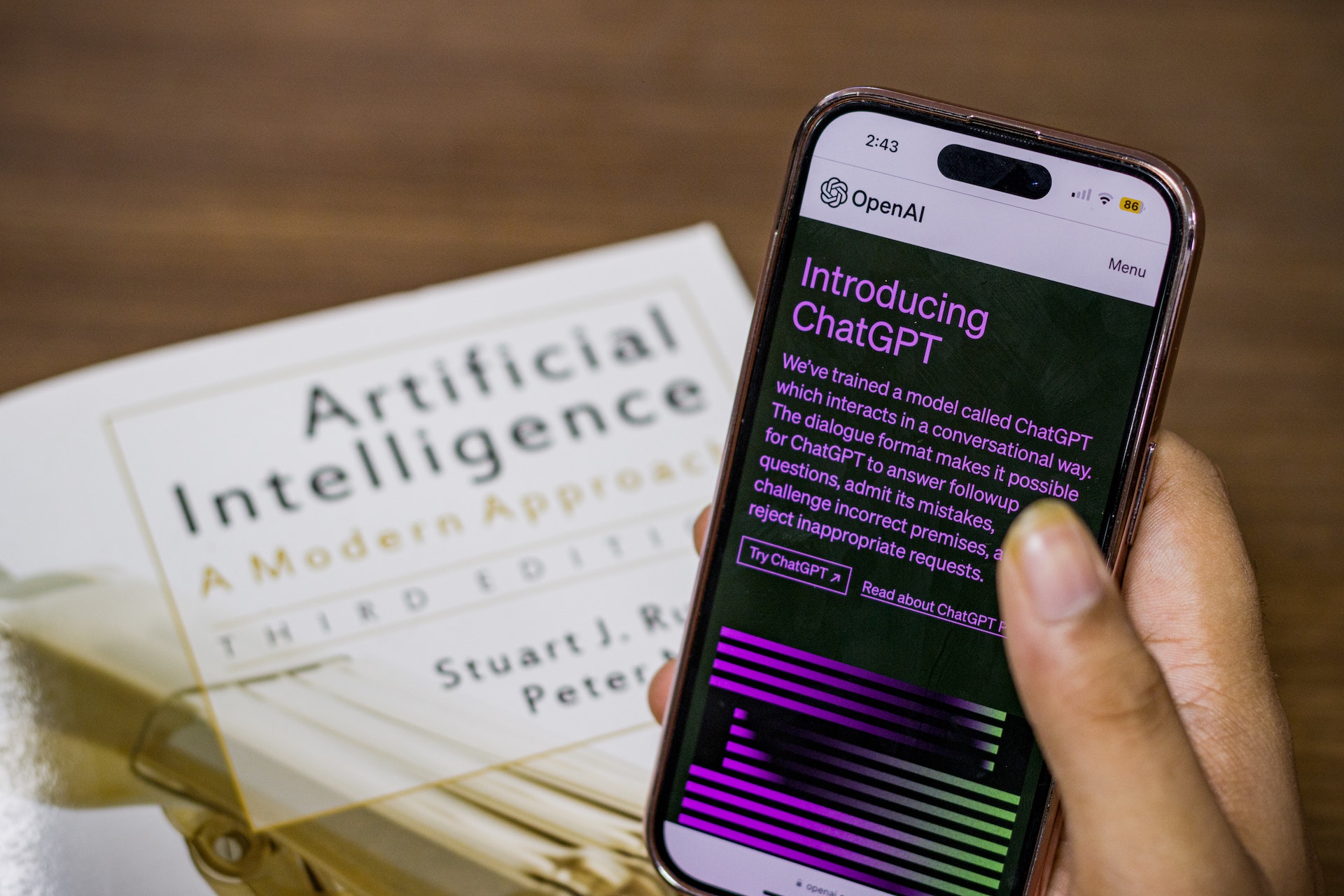Firstly, the rise of the make-believe industry through augmented reality (AR), virtual reality (VR) and the metaverse highlights the need for personalised and interactive experiences. Gone are the days when generic posts on social media platforms would suffice. To adequately engage consumers of today, organisations need to tap on digital technology that involves and pulls audiences into—quite literally—the creation process.
For instance, in June 2022, a walking tour of Singapore that utilises AR technology and archival images was launched (Kurohi, 2022b). Named “Adapting Waterfronts: Postcards from the Future, Singapore 2122”, this tour invites users to imagine how Singapore would look like in 100 years, post-climate change and rising sea levels.
The obsession with digital technology does not stop here. In May 2022, The Straits Times reported the launch of a $5-million AR studio in Singapore, touted as the first in Southeast Asia (Kurohi, 2022a). Likewise, educational policies have seen shifts towards AR and VR, with the likes of the Institute of Technical Education (ITE) College East’s new AR facility (Shafeeq, 2021) and the Home Team Academy’s use of virtual reality technology to develop its trainers' soft skills (Yeo, 2022).
As we look inwards to our strategic communication industries, we need to ask ourselves several questions. How can we harness the novelty and participative nature of the make-believe industry for our audiences? What does this mean for the future of the strategic communication industry? Most importantly, are we well- prepared for this change?

Secondly, Artificial Intelligence (AI) has increasingly facilitated routine work, albeit not without controversy. The rise of ChatGPT and other generative AI tools has become a major disruption to every sector. From chatbots and newswriting to deepfakes, the convenience AI brings to organisations comes with a suite of ethical implications and dissatisfied consumers. Yet, AI remains fresh with enormous potential for PR and advertising to tap upon.
Deepfakes make use of AI to create convincing images, sound and videos. Often used as hoaxes or for comedic purposes, deepfakes have become a source of contention. Yet, deepfakes have been termed the next industry gamechanger, particularly for marketing. The possibilities are endless. David Beckham’s 2019 advertisement on malaria awareness is a key example. In the 55-second video, Beckham delivers an impassioned plea in nine languages using deepfake technology. The campaign boasted more than 400 million impressions globally (Butcher, 2019).
In strategic communication, the need to respond tactfully in a short time remains a challenge for many organisations. Depending on the campaign, there may also be the need to reach out to a wider audience. How then, can generative AI be used to hasten this process ethically? How can AI widen the casting net? In responses where organisations need to put on a personalised tone or face, in what ways can AI help professionally? What else can AI do?

Finally, data-driven strategic communication in the form of campaigns, polls and rallies remain a significant aspect, especially for those in politics. However, as several incidents have shown, over-reliance on big data without taking into account genuine audience insights may spell failure or public embarrassment.
For instance, in June 2020 Donald Trump arrived at Tulsa, his first public campaign event in three months, only to find a dismally small audience. While his aides had predicted a full-house turnout of 19,000, given that more than a million people had vied for tickets, only 6,200 actually showed up (Nobles, 2020). Similarly, Britain’s decision to leave the European Union came as a surprise as betting markets had suggested that ‘Remain’ was the people’s choice. Subsequent analysis found that the lack of a fair-minded assessment was a contributory factor to the ‘Brexit’ shocker (Cohn, 2016).
Digital disruption is a complex phenomenon that requires careful reading. This is why the National University of Singapore Master of Communication programme is designed to equip students with the skills needed to manage digital disruption. Students will not just learn how to leverage technologies in the strategic communication industry, but also graduate with a sense of social responsibility that will aid them in their next leadership position in strategic communication.
References
Butcher, M. (2019, April 25). https://techcrunch.com/2019/04/25/the-startup-behind- that-deep-fake-david-beckham-video-just-raised-3m/. https://techcrunch.com/2019/04/25/the-startup-behind-that-deep-fake-david-beckham-video-just-raised-3m/
Cohn, N. (2016, June 24). Why the Surprise Over ‘Brexit’? Don’t Blame the Polls. The New York Times. https://www.nytimes.com/2016/06/25/upshot/why-the-surprise-over-brexit-dont-blame-the-polls.html
Columbia University. (2021, December 22). What is Financial Technology (FinTech)? A Beginner’s Guide for 2022. Columbia Engineering Boot Camps. https://bootcamp.cvn.columbia.edu/blog/what-is-fintech/#:%7E:text=FinTech%20(financial%20technology)%20is%20a,for%20 businesses%20and%20consumers%20alike
Kurohi, R. (2022a, May 5). New $5m augmented reality studio in S'pore is first of its kind in South-east Asia. The Straits Times. https://www.straitstimes.com/tech/tech-news/new-5m-augmented-reality-studio-in-spore-is-first-of-its-kind-in-south-east-asia
Kurohi, R. (2022b, June 22). Augmented reality tour imagines parts of Singapore under water in 2122. The Straits Times. https://www.straitstimes.com/singapore/augmented-reality-tour-imagines-parts-of-singapore-under-water-in-2122
Nobles, R. C. (2020, June 21). Tulsa official says 6,200 attended Trump rally as campaign tries to blame ‘radical’ protesters and media for lack of crowd - CNNPolitics. CNN. https://edition.cnn.com/2020/06/21/politics/trump-rally-tulsa-attendance/index.html
Shafeeq, S. (2021, November 28). New augmented reality centre for ITE East mechanical engineering students. The Straits Times. https://www.straitstimes.com/singapore/new-augmented-reality-centre-to-help-mechanical-engineering-students-at-ite-east-train-for
Yeo, S. H. (2022, April 19). Home Team Academy uses virtual reality to develop soft skills of its trainers. The Straits Times. https://www.straitstimes.com/singapore/home-team-academy-uses-virtual-reality-to-develop-soft-skills-of-its-trainers